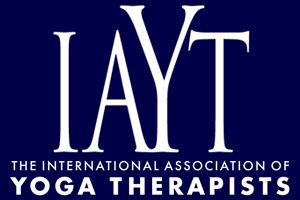Self-Reported Morningness-Eveningness Related To Positive Affect-Change Associated With A Single Session Of Hatha Yoga
Objectives: To examine positive affect (PA) responses to a single hatha yoga session compared to a lecture control class and to investigate a potential association between selfreported morningness-eveningness and yoga - related PA change. Method: Participants (Mean age = 28.50 years) in the yoga group (n = 45) and control group (n = 25) completed the revised Morningness-Eveningness Questionnaire (rMEQ) before yoga and lecture (pre) and the Visual Analogue Mood Scale (VAMS) as a measure of PA before and after yoga and lecture (post). Results: Pre-to-post PA change was greater in the yoga group compared to the control (p < 0.001). Analysis of the yoga group VAMS scores revealed a significant rMEQ type (morning, neither, evening) by time (pre to post) interaction (p = 0.03), with greater PA change in evening types compared to morning types (p = 0.01). Conclusions: The results show that a single hatha yoga session improves self-reported PA more than a lecture control and suggest a relationship between self-reported morningness-eveningness and PA responses to hatha yoga. The findings may help yoga practitioners, instructors, and researchers better understand the psychological benefits of yoga. Researchers should consider conducting long-term studies on the association between self-reported morningness- eveningness and affective responses to yoga practice.
